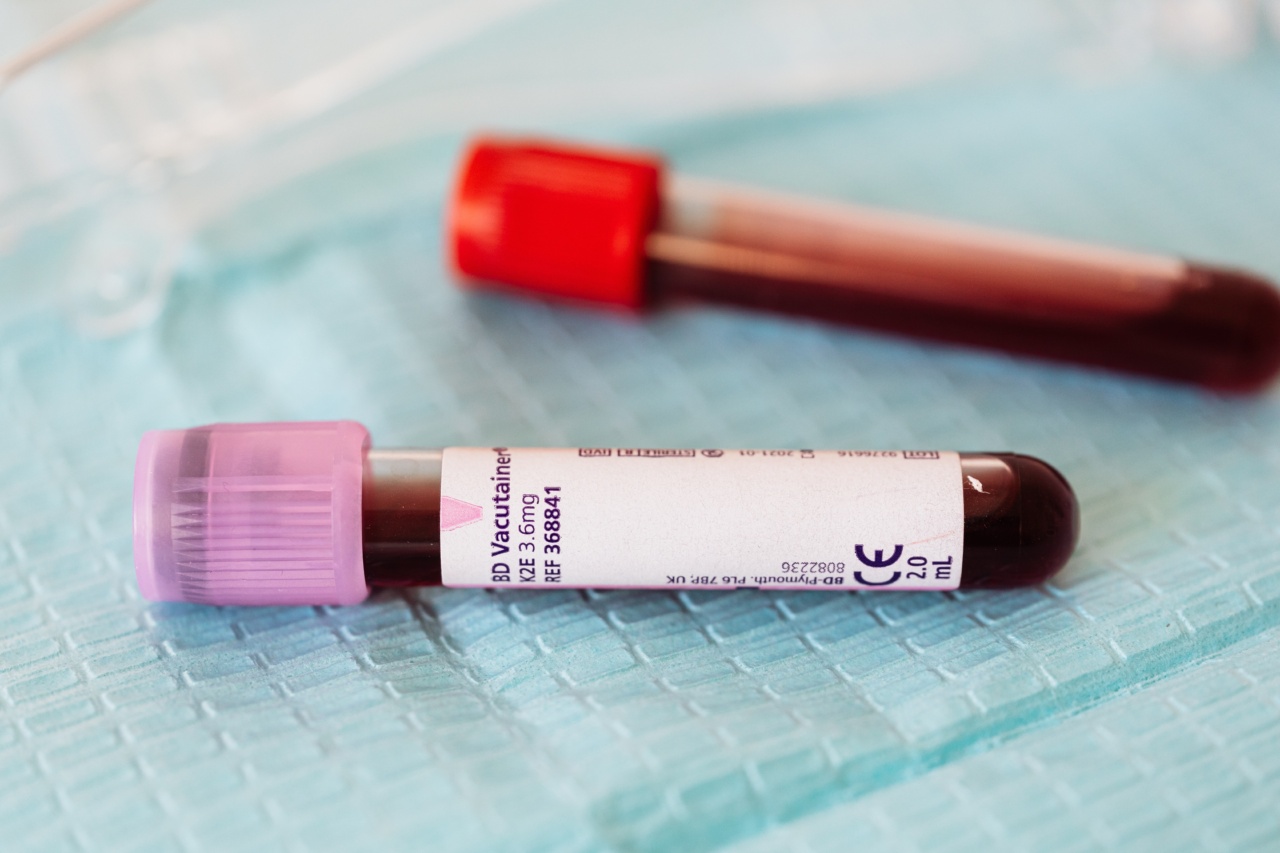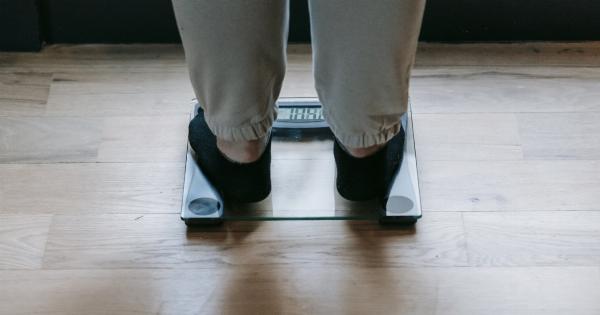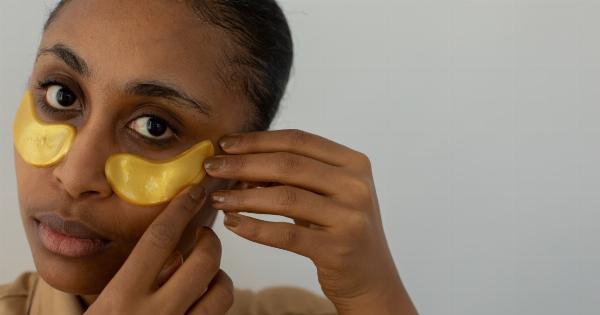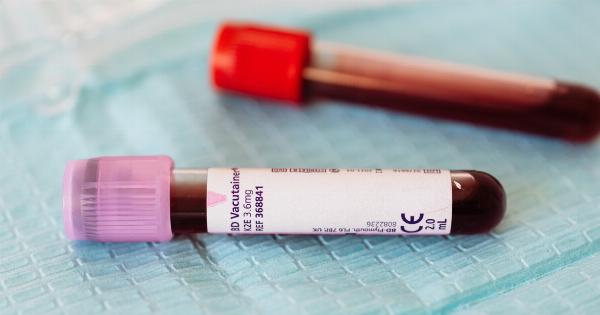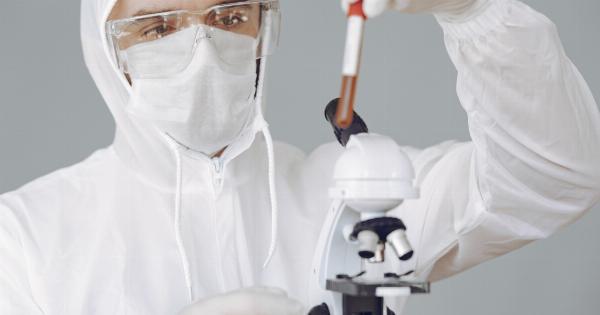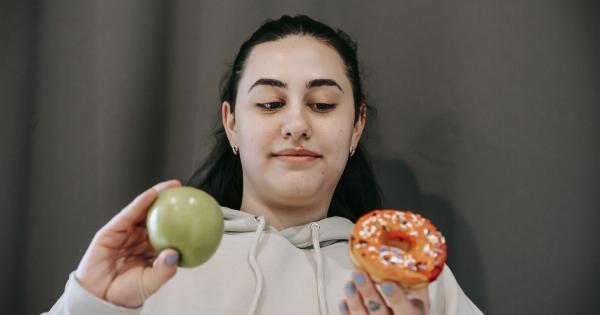Blood clots are a serious medical issue that can cause a variety of health problems, including stroke, heart attack, and pulmonary embolism.
Preventing blood clots is an important aspect of maintaining good health, and there are several key steps that you can take to reduce your risk of developing these dangerous clumps of blood.
What are blood clots?
Blood clots are essentially clumps of blood that form when the blood thickens and coagulates. This is a natural process that occurs when you have a physical injury and need to stop bleeding.
However, sometimes blood clots can form inside the body even when there is no injury. These clots can be very dangerous because they can block blood flow to vital organs, such as the brain or heart.
What causes blood clots?
There are several factors that can increase your risk of developing blood clots. These include:.
- Obesity
- Inactivity
- Smoking
- Genetic predisposition
- Pregnancy
- Certain medications, such as birth control pills
How can you prevent blood clots?
If you are at risk of developing blood clots, there are several steps that you can take to reduce your risk.
Maintain a healthy weight
One of the simplest things that you can do to reduce your risk of developing blood clots is to maintain a healthy weight. Being overweight or obese can increase your risk of developing a variety of health problems, including blood clots.
Make sure to eat a healthy diet and get regular exercise to help keep your weight in check.
Stay active
Another important step in preventing blood clots is to stay active. Sitting or standing in one place for an extended period of time can increase your risk of developing blood clots.
If you work at a desk job, make sure to take frequent breaks and move around throughout the day. If you are traveling, make sure to get up and move around periodically during the flight or car ride.
Quit smoking
Smoking is a major risk factor for a variety of health problems, including blood clots. If you smoke, quitting can help to reduce your risk of developing blood clots.
Talk to your doctor about strategies for quitting smoking, such as nicotine replacement therapy or prescription medications.
Genetic testing
If you have a family history of blood clots, you may be at a higher risk of developing them yourself. Genetic testing can help to determine if you have any genetic mutations that increase your risk of developing blood clots.
This information can be useful in helping you to take steps to reduce your risk.
Medications
If you are at a high risk of developing blood clots, your doctor may prescribe medications to help prevent them. Common medications include blood thinners, such as warfarin or aspirin, which can help to prevent blood clots from forming.
Vitamin K
Vitamin K is a crucial ingredient in preventing blood clots. It helps to activate proteins in the body that are responsible for blood clotting.
However, if you are taking blood thinners, such as warfarin, you may need to closely monitor your vitamin K intake. Talk to your doctor about the best approach for your specific situation.
Compression stockings
If you are at risk of developing blood clots in your legs, your doctor may recommend wearing compression stockings. These special socks apply pressure to the legs, which can help to improve blood flow and reduce the risk of clots.
Surgical procedures
If you are at a very high risk of developing blood clots, your doctor may recommend surgical procedures to help reduce your risk.
For example, if you have a history of blood clots in your legs, your doctor may recommend surgery to remove the affected veins.
Conclusion
Blood clots are a serious medical issue that can have serious consequences if left untreated. Fortunately, by taking steps to reduce your risk, you can help to prevent blood clots from forming.
Make sure to maintain a healthy weight, stay active, and quit smoking. Additionally, consider genetic testing, medications, vitamin K, compression stockings, and surgical procedures if you are at a high risk of developing blood clots.
